Achieving Profitability in Q4: New Forces Prepare for a Crucial Battle Ahead of Schedule
![]() 06/09 2025
06/09 2025
![]() 524
524
Introduction
"The most brutal and bloody stage of China's auto market has yet to arrive, necessitating advanced preparation to withstand risks."
"Are you still brave enough to buy now?"
"Won't there be a shortage of places to swap batteries in the future?"
"Do you think we can make it through this year?"
Following the Dragon Boat Festival holiday, NIO released its first-quarter financial report as scheduled. Prior to this, there were already expectations about the report's quality based on January to March delivery volumes, but not all onlookers shared this sentiment.
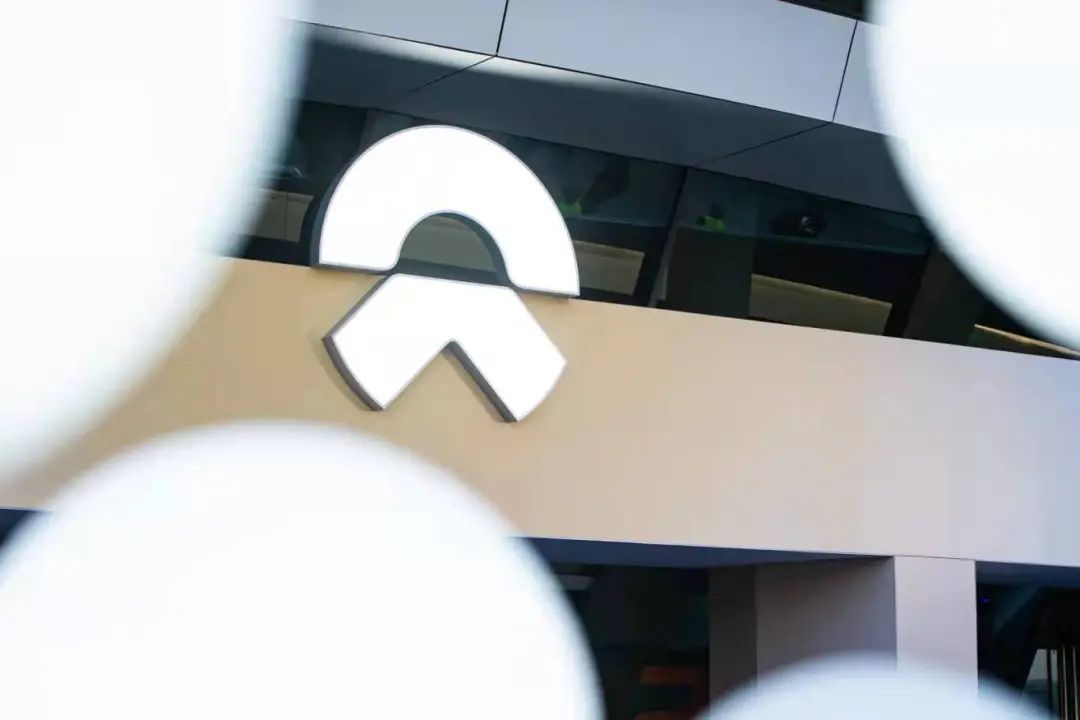
Consequently, facing a net loss exceeding 6.7 billion yuan and a rapid decrease in cash on hand, many people were disheartened. NIO swiftly found itself in the vortex of public opinion. Personally, I received a series of "life-threatening" questions from various friends.
The answers were unanimous: "The final darkness before dawn."
Yes, you read that right. Despite underwhelming performance, I still choose to believe that this new force in automotive manufacturing can emerge from the quagmire.
The fundamental reason behind this belief is the various changes NIO has undergone this year.
During the conference call following the financial report's release, Li Bin, as the CEO, tried to convey the most crucial message to the outside world: 'confidence'. He emphasized repeatedly that starting from the second quarter, NIO will officially enter the 'harvest period' and witness a true rebound from the bottom.
Of course, the most significant milestone is achieving profitability in the fourth quarter.
Coincidentally, in an exclusive interview after the launch of the XPeng MONA M03 Max version at the end of May, He Xiaopeng also emphasized a similar goal. Lei Jun, at Xiaomi's investor conference, set the same target.
Faced with such judgments, it becomes increasingly evident that the last three months of this year will be a crucial inspection period for determining whether new forces in automotive manufacturing that have not yet achieved self-sufficiency can stay in the game.
Especially as competition in China's auto market intensifies, the window of opportunity for these companies is closing rapidly. The title of today's article is by no means alarmist.
The great decisive battle has slowly begun to unfold.
01 Will Li Bin's 'Prescription' Work?
As mentioned earlier, the biggest challenge NIO urgently needs to address is how to continuously convey confidence to the outside world.
While profitability in the fourth quarter is crucial, the prerequisite for achieving this goal is demonstrating a sufficiently positive aspect in various dimensions in the second and third quarters.
"This time, NIO emerged from the valley, and the company reached a consensus that it must rely on its own management to climb out. We believe that the lowest point in the valley has already passed in the first quarter of this year, and from the second quarter, we will officially enter the upward channel."
The day after the financial report was released, Li Bin held a small-scale media communication meeting at the headquarters in Caohejing, Shanghai. From his introduction, it is expected that NIO's total deliveries in the second quarter will reach between 72,000 and 75,000 vehicles, an increase of 25.5% to 30.7% year-on-year, setting a new record high.
Simultaneously, with the launch of the new 2025 '5566' series, NIO's average selling price of new vehicles in the second quarter has increased by more than 10%, and the gross margin has also risen by nearly 10 percentage points.
Coupled with a series of efficiency-enhancing and cost-reducing measures implemented in the second quarter.
For example, in terms of research and development, a model product line organization was established to integrate NIO, Ledao, and Firefly's R&D resources. In terms of industrial clusters, logistics, quality, and other functions were optimized and reorganized. In sales and service, improvements were made, especially for the frontline team, where roles and positions were refined and integrated.
In Li Bin's view, the harvest will eventually come.
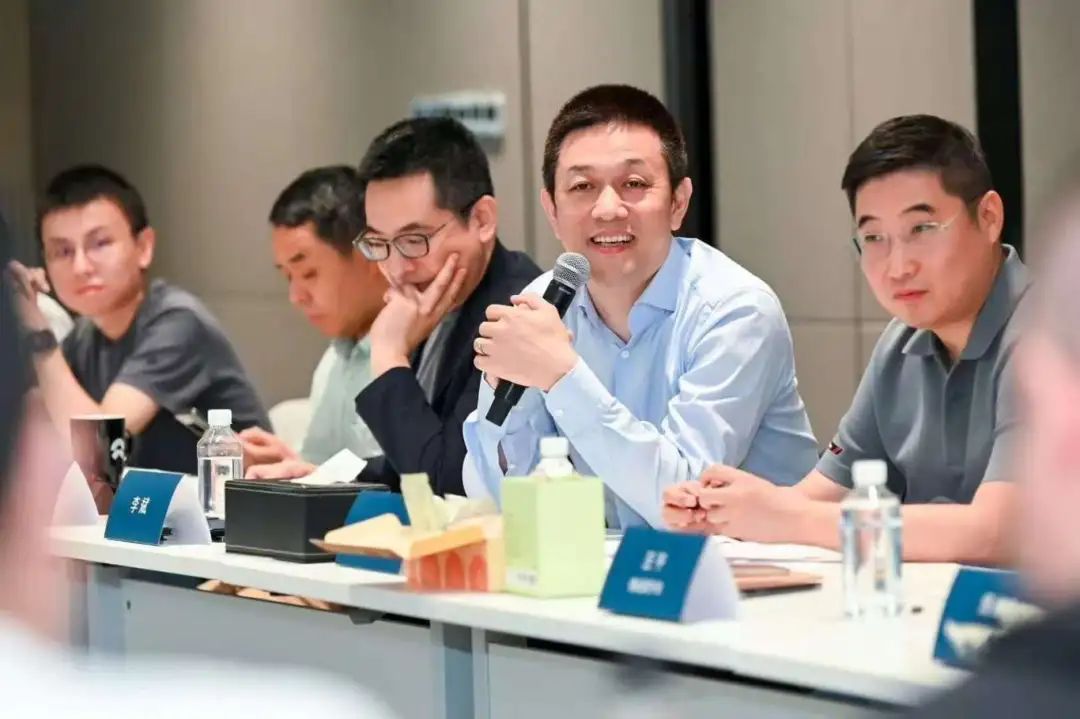
However, as an onlooker, I must remind NIO: "The harshness of the living environment far exceeds imagination. Since you have chosen to take drastic measures, please be thorough and never superficial again."
Regarding the pace for the entire year, according to Li Bin, "60%-70% of the adjustments will be in place in the second quarter, and they will continue to deepen in the third quarter, with about 80%-90% of the adjustments in place. By the fourth quarter, regardless of sales, gross profit, cost control, or cost-effectiveness, we hope to fully achieve our business goals."
Of course, he also provided a 'prescription' for achieving profitability in the fourth quarter.
The total monthly sales of the three brands will exceed 50,000 vehicles, the gross margin will be controlled at 17%-18%, the sales and management expense ratio will be maintained at around 10%, and the R&D expense ratio will be kept at 6%-7%.
On the product side, L90, the second new car under Ledao, will be launched in the third quarter. Li Bin claims it will change the landscape of the three-row SUV market and become an important turning point. In the fourth quarter, the all-new ES8, born from the NT3 platform, will also enter the market, which Li Bin calls a 'return of the king'.
In short, NIO has plenty of heavy-hitting cards to play this year.
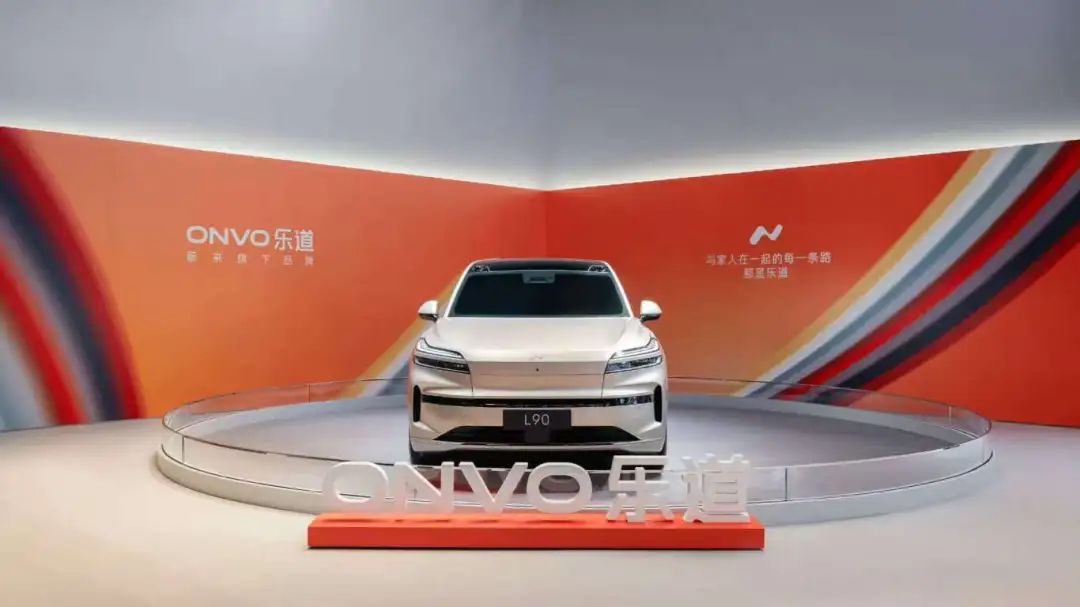
But the question remains: can the above series of expectations be successfully met?
It should be noted that the three-row SUV market has long been a red ocean, and consumer demand for high-end pure electric vehicles has always been limited. How powerful will the effect of the 2025 '5566' series be, given the increased quantity but not price? When will L60 recover to a monthly sales volume of 10,000 vehicles?
It must be acknowledged that difficulties and challenges are still clearly on the table. Every step NIO takes next must be steady and cannot go wrong. Only in this way can there be hope and the possibility of climbing out of the quagmire.
At the end of the communication meeting, Li Bin was asked which period was more difficult, this year or the darkest moment in 2019. He said, "In 2019, we had to find someone to infuse capital; in 2025, we need to achieve self-sufficiency. This time, to emerge from the valley, the entire company must comprehensively improve and strengthen itself."
And I believe that this decisive battle concerning 'life and death' is undoubtedly more difficult.
After all, the overall environment of China's auto market is different. To prove that the 'prescription' works, NIO must start by delivering a second-quarter financial report that shows a glimmer of hope to everyone.
02 He Xiaopeng's Determination, Lei Jun's Confidence
On May 28, Beijing time, the MONA M03 Max version, equipped with the full-blooded Turing intelligent assisted driving system and Dimensity intelligent cockpit, was officially launched.
With a price range of 129,800 yuan to 139,800 yuan, it is once again shaking up China's auto market. It is no exaggeration to say that this important A-class pure electric sedan is currently the sales pillar of XPeng as a whole.
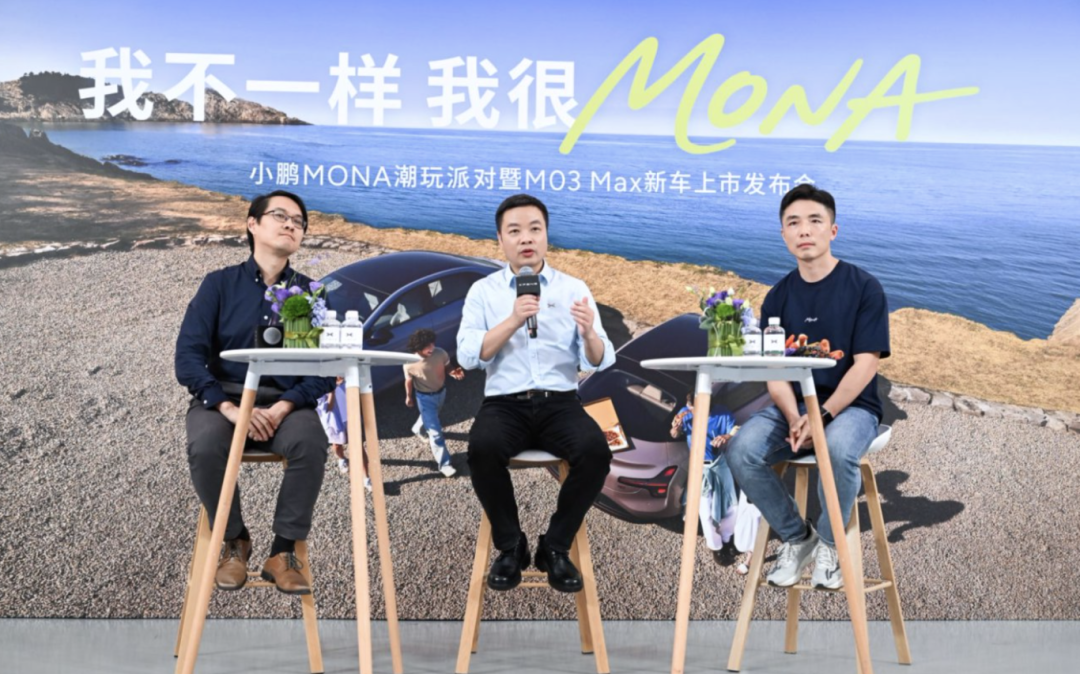
During the exclusive interview that evening, He Xiaopeng, as the CEO, set the goal of striving for profitability in the fourth quarter.
Combining this with XPeng's first-quarter financial report, total revenue reached 15.81 billion yuan, an increase of 141.5% year-on-year. The gross margin was 15.6%, and deliveries increased by 330.8% year-on-year.
On the other hand, the key net loss column was only 660 million yuan, a significant reduction compared to the losses of 1.37 billion yuan and 1.33 billion yuan in the same period last year and the fourth quarter of 2024, respectively.
Considering XPeng's current product matrix on sale, as well as the upcoming G7 and all-new P7, including the range-extended X9 and the flagship six-seater SUV at the end of the year...
Without exaggeration or minimization, as long as there are no major deviations, this new force in automotive manufacturing will most likely achieve its goal as scheduled in the fourth quarter. Of course, the biggest test facing it will be how to elevate its continuously declining brand image back to the expected level.
The main sales models have been competing in the price range below 200,000 yuan, which is definitely not ideal.
In contrast, if achieving profitability in the fourth quarter is considered extremely difficult for NIO and moderately difficult for XPeng, then it is merely in simple mode for Lei Jun and his Xiaomi Auto, who have also set this target.
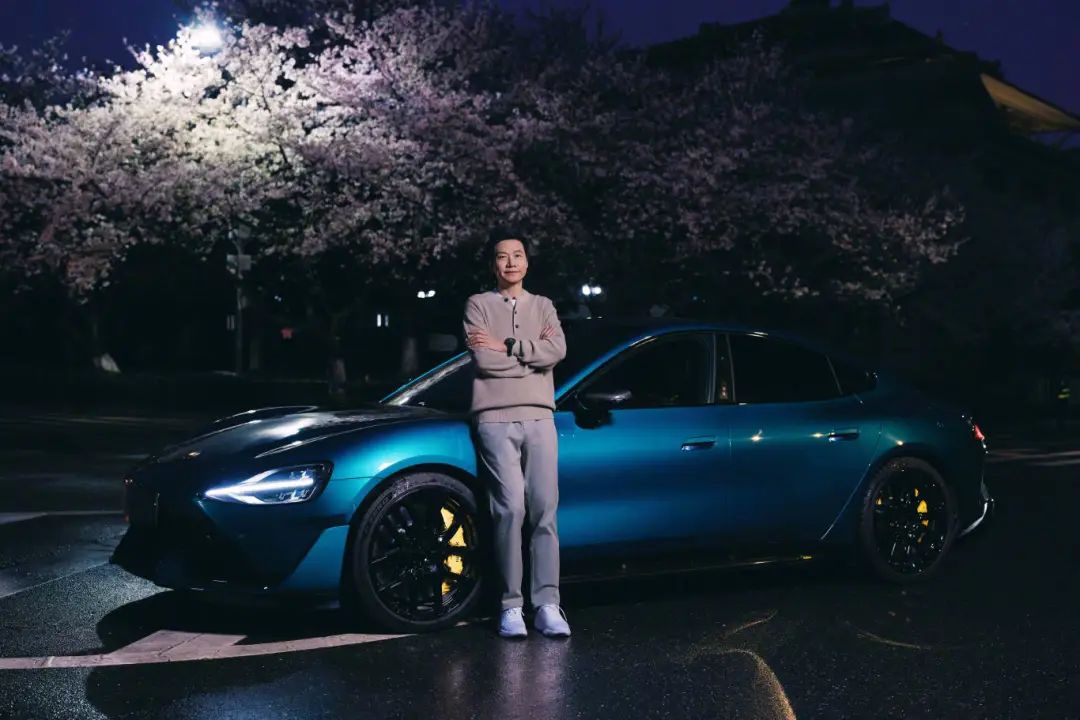
Because, also looking at the first-quarter financial report, its intelligent electric vehicle revenue reached 18.1 billion yuan, an increase of 10.7% month-on-month. Simultaneously, operating losses narrowed to 500 million yuan. In the fourth quarter of last year, the adjusted net loss of this segment was 700 million yuan.
Although this new force in automotive manufacturing is experiencing various doubts about 'being famous brings troubles', considering the substantial order volume for SU7 and the fact that YU7 has already become a so-called 'top stream' before its launch...
Relying on just these two products, I believe Xiaomi Auto will soon be able to reach the threshold of 'self-sufficiency'. Moreover, it should be noted that at the investor conference, Lei Jun's original words were: "It is expected to achieve profitability in the third and fourth quarters of this year."
In other words, the goal is likely to be completed ahead of schedule.
At this point, I can't help but marvel again at the entry of technology giants. If we count from the delivery of the first batch of SU7 in April last year, it has taken less than a year and a half for it to reach a height that most new forces in automotive manufacturing have struggled for ten years to attain, requiring the right timing, favorable conditions, and good relations all at once.
Of course, in addition to NIO, XPeng, and Xiaomi mentioned in this article, there are currently many players at the table who have not given specific plans for when their corporate turning points will come.
They almost unanimously have sufficiently solid 'backers', but still, the saying goes, "The window of opportunity for new forces in China's auto market is about to close."
Even if they have abundant resources, how long can they afford to squander them?
Writing here, I tried to pose the last question, "Why do everyone choose the fourth quarter as the decisive moment that cannot be lost?"
The reason behind this is very simple. "The most brutal and bloody stage of China's auto market has yet to arrive." The years 2026 and 2027 will be truly meat grinders. And before stepping into them, if one still cannot prove that they have the ability to withstand risks, then they are destined to become prey for the strong.
Whether it's Li Bin, He Xiaopeng, Lei Jun, or other leaders of new forces in automotive manufacturing, they all clearly understand what they are facing.
In the fourth quarter, success or failure hinges on this one move...
Responsible Editor: Cao Jiadong Editor: He Zengrong








